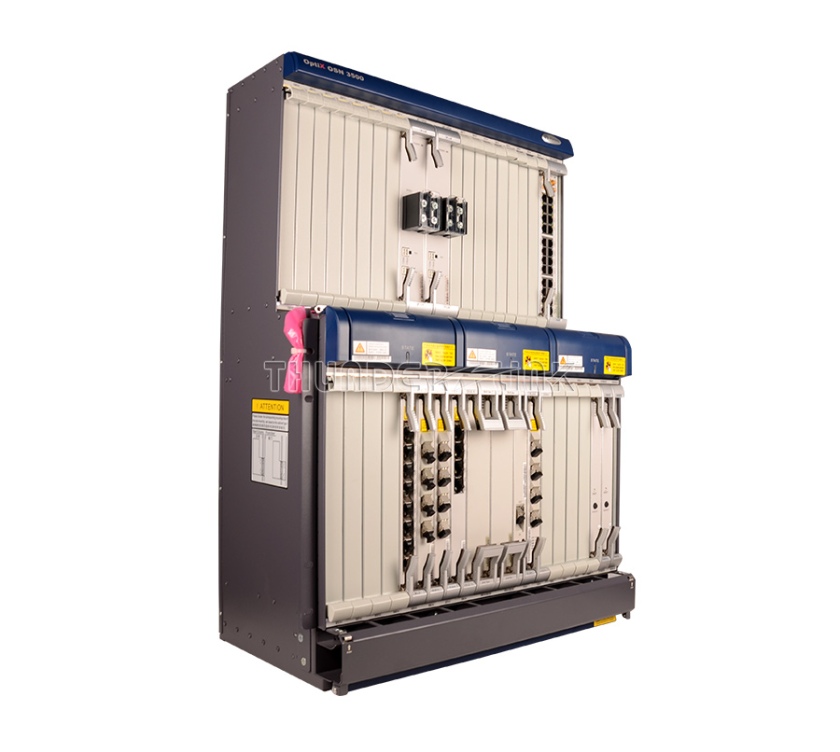
The EFS4 boards at certain stations report the ETH_LOS alarm after the cross-connections of the FE services are added or deleted. This fault can be rectified by disabling the unused MAC ports.
Symptom
The network management (NM) center adds and deletes certain cross-connections of FE services when adjusting certain FE services between the nodes. After the services are adjusted, the EFS4 boards at certain stations report the ETH_LOS alarm.
Cause Analysis
During the service adjustment, the ETH_LOS alarm is generated after services are added or deleted. Hence, the fault may exist in the added or deleted FE services.
Procedure
- Check the FE services between two stations. It is found that the corresponding EFS4 board does not report the ETH_LOS alarm after an FE service is normally added.
- Check the FE service trails that report the ETH_LOS alarm. It is found that the trails are deleted during the maintenance phase of the service adjustment process, that is, the trails do not exist.
- Log in to the T2000 and select NE Explorer. Select the FE service where the ETH_LOS alarm is generated, and check the port attributes of the corresponding EFS4 board. It is found that Enable port of the deleted service is set to Enable. At this time, however, the client-side signals are not accessed. Hence, the board misreports the ETH_LOS alarm.
- Set Enable port to Disable for the deleted service. Then, check the alarm. It is found that the ETH_LOS alarm is cleared.
- Check all the Ethernet boards on which the ETH_LOS alarm is generated. It is found that this alarm occurs due to the same causes. Set Enable port to for the boards on which the Ethernet services are already deleted. Then, the ETH_LOS alarm is cleared.


 Should the nominal gain of the OAU1 board in the OSN 6800 be re-set after the type of the DCM between TDC and RDC is changed?
Should the nominal gain of the OAU1 board in the OSN 6800 be re-set after the type of the DCM between TDC and RDC is changed?